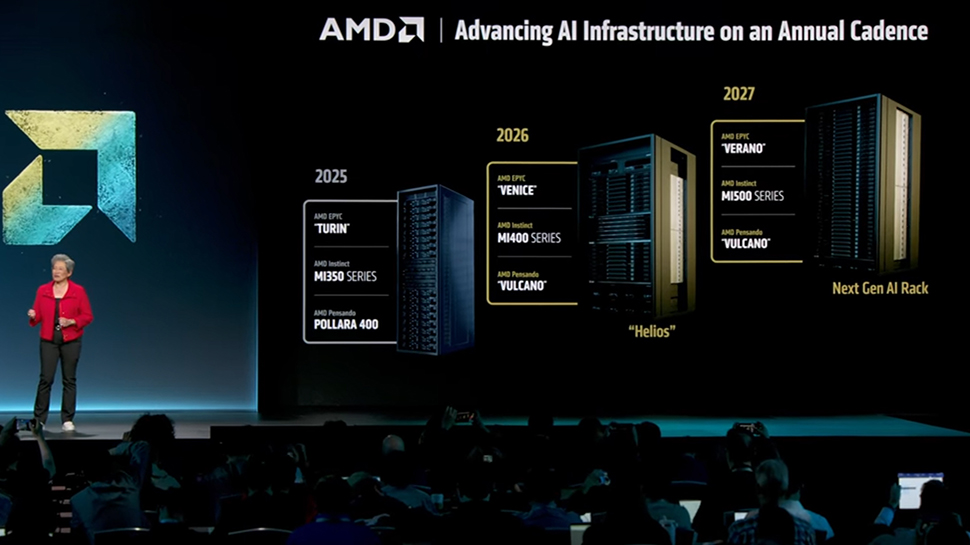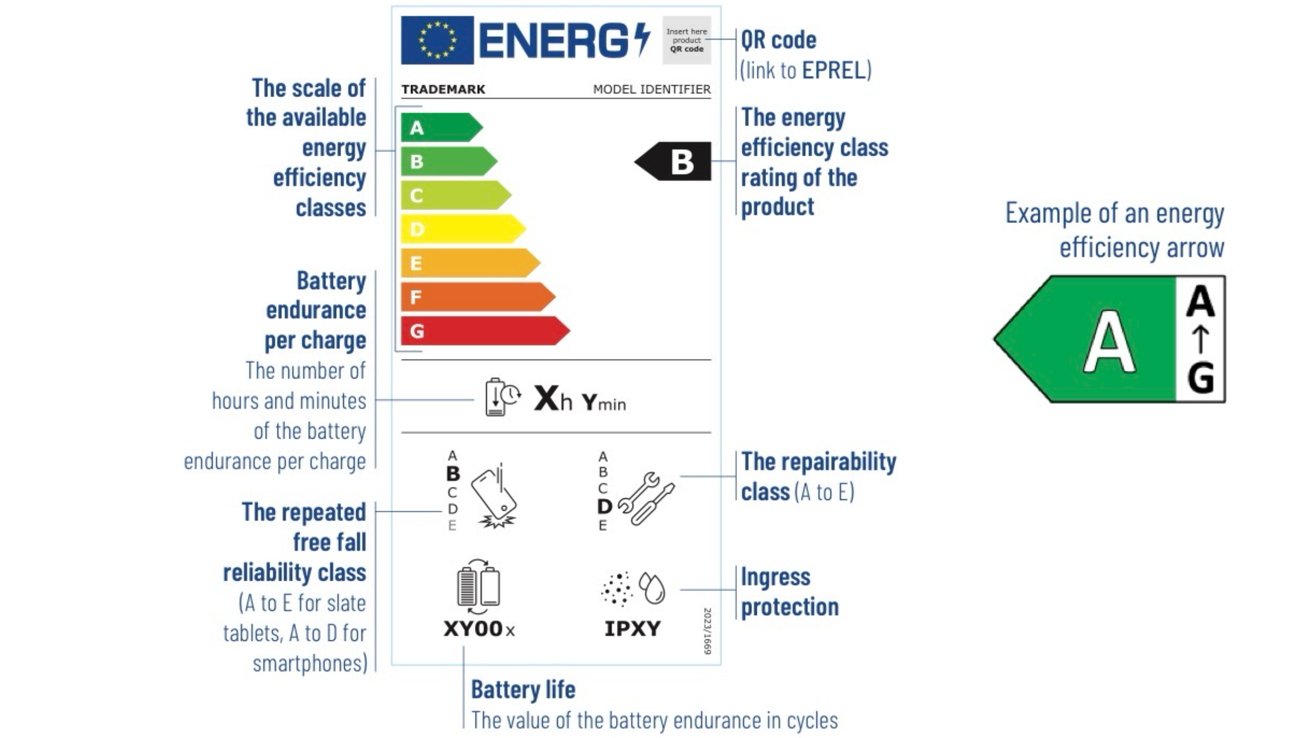Revolutionizing Cloud Cost Management: The Power of AI in FinOps
The rapidly evolving landscape of cloud computing presents organizations with unparalleled opportunities for scalability and innovation. However, this flexibility comes with a significant challenge: effectively managing escalating and often unpredictable cloud costs. As global spending on public cloud services is projected to reach over $720 billion in 2025, up from nearly $600 billion in 2024, the need for robust cost management strategies has never been more critical. Traditional FinOps practices, while valuable, are often reactive and struggle to keep pace with the dynamic nature of multi-cloud environments and the added complexities introduced by AI workloads. This is where Artificial Intelligence (AI) steps in, revolutionizing FinOps from a reactive reporting function to a proactive, intelligent, and automated strategic imperative. The AI-Powered FinOps Advantage AI and Machine Learning (ML) algorithms are transforming FinOps by enabling a deeper level of insight and automation that was previously unattainable. This shift empowers organizations to move beyond basic budgeting and historical reporting, fostering a culture of continuous optimization and strategic financial management. Predictive Forecasting One of the most significant advantages of AI in FinOps is its ability to deliver highly accurate cost predictions. Traditional forecasting often relies on historical averages, which can be insufficient in dynamic cloud environments. AI/ML algorithms analyze vast datasets, including historical usage patterns, seasonal trends, and even external market factors, to generate far more precise cost forecasts. This allows finance and engineering teams to anticipate future spend, allocate budgets more effectively, and make informed decisions about resource provisioning. For instance, an AI model can predict the cost implications of a new feature launch by analyzing similar past deployments and current market rates for cloud resources. Anomaly Detection & Alerting Cloud environments are prone to unexpected cost spikes due due to misconfigurations, resource sprawl, or sudden increases in demand. AI-powered anomaly detection systems continuously monitor spending patterns in real-time. By establishing a baseline of normal behavior, these systems can instantly identify unusual cost deviations and trigger immediate alerts. This proactive identification allows for swift investigation and remediation, preventing minor issues from escalating into significant financial drains. Imagine an AI system flagging an uncharacteristic surge in data transfer costs, enabling a team to quickly identify and resolve an improperly configured data pipeline. Automated Optimization & Right-Sizing AI moves FinOps beyond manual recommendations to automated action. AI-driven platforms can analyze resource utilization metrics and recommend optimal instance types and sizes, identifying idle or underutilized resources that are still incurring costs. This extends to automated actions like rightsizing virtual machines, shutting down non-production environments during off-hours, or even dynamically scaling resources up or down based on real-time demand. This level of automation ensures that cloud resources are always aligned with actual needs, minimizing waste and maximizing efficiency. Intelligent Resource Allocation & Governance Effective cost allocation is fundamental to FinOps, enabling teams to understand their financial impact and fostering accountability. AI can significantly enhance this process by intelligently optimizing resource tags and ensuring accurate cost attribution across projects, departments, and business units. This improved visibility facilitates more precise showback and chargeback models, empowering stakeholders with the data needed to make cost-conscious decisions. Furthermore, AI can help enforce governance policies by identifying resources that deviate from established tagging standards or usage policies, ensuring compliance and preventing shadow IT. Optimizing AI Workload Costs The rise of AI/ML adoption introduces its own set of unique cost complexities. AI workloads often rely on specialized hardware like GPUs, involve significant data transfer for model training and inference, and incur costs based on token consumption for large language models (LLMs). AI-powered FinOps provides specific strategies for managing these drivers: GPU Utilization Optimization: AI can analyze GPU usage patterns to ensure optimal allocation and prevent over-provisioning of these expensive resources. Data Transfer Cost Management: By identifying inefficient data movement between regions or services, AI can recommend strategies to minimize egress fees, a common hidden cloud cost. Token Consumption Optimization: For LLMs, AI can analyze prompt engineering strategies to reduce token usage without compromising model performance, directly impacting inference costs

The rapidly evolving landscape of cloud computing presents organizations with unparalleled opportunities for scalability and innovation. However, this flexibility comes with a significant challenge: effectively managing escalating and often unpredictable cloud costs. As global spending on public cloud services is projected to reach over $720 billion in 2025, up from nearly $600 billion in 2024, the need for robust cost management strategies has never been more critical. Traditional FinOps practices, while valuable, are often reactive and struggle to keep pace with the dynamic nature of multi-cloud environments and the added complexities introduced by AI workloads. This is where Artificial Intelligence (AI) steps in, revolutionizing FinOps from a reactive reporting function to a proactive, intelligent, and automated strategic imperative.
The AI-Powered FinOps Advantage
AI and Machine Learning (ML) algorithms are transforming FinOps by enabling a deeper level of insight and automation that was previously unattainable. This shift empowers organizations to move beyond basic budgeting and historical reporting, fostering a culture of continuous optimization and strategic financial management.
Predictive Forecasting
One of the most significant advantages of AI in FinOps is its ability to deliver highly accurate cost predictions. Traditional forecasting often relies on historical averages, which can be insufficient in dynamic cloud environments. AI/ML algorithms analyze vast datasets, including historical usage patterns, seasonal trends, and even external market factors, to generate far more precise cost forecasts. This allows finance and engineering teams to anticipate future spend, allocate budgets more effectively, and make informed decisions about resource provisioning. For instance, an AI model can predict the cost implications of a new feature launch by analyzing similar past deployments and current market rates for cloud resources.
Anomaly Detection & Alerting
Cloud environments are prone to unexpected cost spikes due due to misconfigurations, resource sprawl, or sudden increases in demand. AI-powered anomaly detection systems continuously monitor spending patterns in real-time. By establishing a baseline of normal behavior, these systems can instantly identify unusual cost deviations and trigger immediate alerts. This proactive identification allows for swift investigation and remediation, preventing minor issues from escalating into significant financial drains. Imagine an AI system flagging an uncharacteristic surge in data transfer costs, enabling a team to quickly identify and resolve an improperly configured data pipeline.
Automated Optimization & Right-Sizing
AI moves FinOps beyond manual recommendations to automated action. AI-driven platforms can analyze resource utilization metrics and recommend optimal instance types and sizes, identifying idle or underutilized resources that are still incurring costs. This extends to automated actions like rightsizing virtual machines, shutting down non-production environments during off-hours, or even dynamically scaling resources up or down based on real-time demand. This level of automation ensures that cloud resources are always aligned with actual needs, minimizing waste and maximizing efficiency.
Intelligent Resource Allocation & Governance
Effective cost allocation is fundamental to FinOps, enabling teams to understand their financial impact and fostering accountability. AI can significantly enhance this process by intelligently optimizing resource tags and ensuring accurate cost attribution across projects, departments, and business units. This improved visibility facilitates more precise showback and chargeback models, empowering stakeholders with the data needed to make cost-conscious decisions. Furthermore, AI can help enforce governance policies by identifying resources that deviate from established tagging standards or usage policies, ensuring compliance and preventing shadow IT.
Optimizing AI Workload Costs
The rise of AI/ML adoption introduces its own set of unique cost complexities. AI workloads often rely on specialized hardware like GPUs, involve significant data transfer for model training and inference, and incur costs based on token consumption for large language models (LLMs). AI-powered FinOps provides specific strategies for managing these drivers:
- GPU Utilization Optimization: AI can analyze GPU usage patterns to ensure optimal allocation and prevent over-provisioning of these expensive resources.
- Data Transfer Cost Management: By identifying inefficient data movement between regions or services, AI can recommend strategies to minimize egress fees, a common hidden cloud cost.
- Token Consumption Optimization: For LLMs, AI can analyze prompt engineering strategies to reduce token usage without compromising model performance, directly impacting inference costs.
Real-World Impact & Examples
Consider a large enterprise running a multi-cloud environment with numerous development and production workloads. Traditionally, identifying cost inefficiencies would involve manual data aggregation and analysis, a time-consuming and often incomplete process.
With AI-powered FinOps, the workflow transforms:
- Data Ingestion: AI systems continuously ingest cost and usage data from AWS, Azure, GCP, and other cloud providers.
- Anomaly Detection: An AI model detects an unusual spike in storage costs for a specific project.
- Root Cause Analysis: The AI system correlates this spike with recent changes in data retention policies and identifies an improperly configured backup job.
- Automated Remediation/Recommendation: The system automatically flags the issue and, depending on pre-approved policies, might even initiate a correction or recommend a specific rightsizing action to the responsible team.
This proactive approach, as highlighted by Sedai.io, allows for "autonomous anomaly detection and problem resolution," where AI systems continuously monitor, identify patterns, analyze root causes, and even implement pre-approved fixes, learning and improving over time.
Here's a conceptual Python snippet illustrating how cost data might be programmatically retrieved, forming the foundation for AI analysis:
# Conceptual Python snippet for retrieving cloud cost data
# (This is illustrative and would require specific cloud provider SDKs and authentication)
def get_monthly_cost_data(cloud_provider, account_id, month, year):
"""
Simulates fetching monthly cost data from a cloud provider.
In a real scenario, this would use AWS Boto3, Azure SDK, GCP client libraries, etc.
"""
print(f"Fetching cost data for {cloud_provider}, Account: {account_id}, Month: {month}/{year}...")
# Placeholder for actual API call
if cloud_provider == "AWS":
# Simulate data structure
return {
"compute_cost": 15000.00,
"storage_cost": 3000.00,
"network_cost": 1200.00,
"total_cost": 19200.00,
"idle_resources_cost_estimate": 2500.00 # AI could identify this
}
elif cloud_provider == "Azure":
return {
"vm_cost": 18000.00,
"storage_cost": 3500.00,
"data_transfer_cost": 1500.00,
"total_cost": 23000.00,
"anomaly_detected": True # AI could flag this
}
else:
return {"error": "Unsupported cloud provider"}
# Example usage
aws_costs = get_monthly_cost_data("AWS", "123456789012", "05", "2024")
print(f"AWS May 2024 Costs: {aws_costs}")
azure_costs = get_monthly_cost_data("Azure", "azure-sub-id", "05", "2024")
print(f"Azure May 2024 Costs: {azure_costs}")
# An AI component would then ingest and analyze this data for insights and recommendations.
# For example, identifying the 'idle_resources_cost_estimate' or 'anomaly_detected'.
Implementing AI in Your FinOps Journey
Integrating AI into your FinOps practice requires a structured approach and a cultural shift.
Practical Steps and Data Requirements
- Assess Current Maturity: Understand your current FinOps capabilities. The FinOps Foundation's "Crawl, Walk, Run" maturity model can be a useful guide. In the "Crawl" phase, the focus is on learning and prototyping with minimal costs, while "Run" involves powering core business processes with AI and continuous cost monitoring.
- Data Centralization: AI thrives on data. Ensure you have a centralized and consistent flow of cost and usage data from all your cloud providers. This includes detailed billing reports, resource utilization metrics, and performance logs.
- Define Clear KPIs: Establish key performance indicators (KPIs) that align cloud costs with business outcomes. Examples include "Cost Per Inference" for AI models or "Resource Utilization Efficiency."
- Start Small, Scale Gradually: Begin with pilot projects focusing on specific areas like anomaly detection or rightsizing for a subset of resources. Learn from these initial implementations and gradually expand the scope.
Tool Considerations
Both cloud-native tools and third-party AI-powered FinOps platforms offer capabilities to enhance cost optimization. Cloud providers offer services like AWS Cost Explorer, Azure Cost Management, and Google Cloud's Cost Management tools, which are increasingly integrating AI features. Specialized third-party platforms, such as Sedai.io and Tangoe, provide advanced AI/ML capabilities for autonomous optimization, predictive forecasting, and intelligent tagging across multi-cloud environments. These platforms often offer "hyper-automation," allowing for one-click implementation of cost-saving recommendations.
Cultural Shift
The success of AI-powered FinOps hinges on a cultural shift towards data-driven decision-making and shared accountability. This involves fostering collaboration between finance, engineering, and operations teams. Implementing "showback" models, where teams see the financial impact of their cloud usage without being directly charged, can significantly increase cost awareness and encourage optimization. Ongoing training and awareness programs are crucial to equip all stakeholders with the knowledge and skills to leverage AI insights effectively.
The Future of FinOps
The evolution of AI in FinOps is far from complete. We are moving towards a future where "Agentic AI" will enable fully autonomous cost management, with AI agents proactively identifying, recommending, and even implementing optimizations without human intervention.
Beyond cloud infrastructure, the scope of FinOps is expanding to include SaaS and sustainability. AI will play a pivotal role in optimizing SaaS spend by identifying unused licenses and negotiating better terms. Furthermore, AI-driven FinOps will contribute to cloud sustainability by optimizing resource consumption and reducing the environmental footprint of cloud operations. This holistic approach will empower organizations to not only control costs but also maximize the business value derived from their entire technology landscape, aligning financial discipline with broader strategic objectives. The FinOps Foundation provides valuable resources and working groups dedicated to these evolving areas, including "FinOps for AI" and "How to Forecast AI Services Costs in Cloud," demonstrating the community's commitment to this transformative journey. For more insights into cloud cost management, including FinOps best practices, visit finops-cloud-cost-management.pages.dev.














































































































































































![[The AI Show Episode 154]: AI Answers: The Future of AI Agents at Work, Building an AI Roadmap, Choosing the Right Tools, & Responsible AI Use](https://www.marketingaiinstitute.com/hubfs/ep%20154%20cover.png)
![[The AI Show Episode 153]: OpenAI Releases o3-Pro, Disney Sues Midjourney, Altman: “Gentle Singularity” Is Here, AI and Jobs & News Sites Getting Crushed by AI Search](https://www.marketingaiinstitute.com/hubfs/ep%20153%20cover.png)























































































































![[FREE EBOOKS] The Chief AI Officer’s Handbook, Natural Language Processing with Python & Four More Best Selling Titles](https://www.javacodegeeks.com/wp-content/uploads/2012/12/jcg-logo.jpg)









































































![GrandChase tier list of the best characters available [June 2025]](https://media.pocketgamer.com/artwork/na-33057-1637756796/grandchase-ios-android-3rd-anniversary.jpg?#)




































































_Frank_Peters_Alamy.jpg?width=1280&auto=webp&quality=80&disable=upscale#)































































































![Apple tells students ‘how to convince your parents to get you a Mac’ [Update: Removed]](https://i0.wp.com/9to5mac.com/wp-content/uploads/sites/6/2025/06/screenshot-2025-06-20-at-09.14.21.jpg?resize=1200%2C628&quality=82&strip=all&ssl=1)















![Apple Weighs Acquisition of AI Startup Perplexity in Internal Talks [Report]](https://www.iclarified.com/images/news/97674/97674/97674-640.jpg)
![Oakley and Meta Launch Smart Glasses for Athletes With AI, 3K Camera, More [Video]](https://www.iclarified.com/images/news/97665/97665/97665-640.jpg)

![How to Get Your Parents to Buy You a Mac, According to Apple [Video]](https://www.iclarified.com/images/news/97671/97671/97671-640.jpg)






















![New accessibility settings announced for Steam Big Picture Mode and SteamOS [Beta]](https://www.ghacks.net/wp-content/uploads/2025/06/New-accessibility-settings-announced-for-Steam-Big-Picture-Mode-and-SteamOS.jpg)

















































